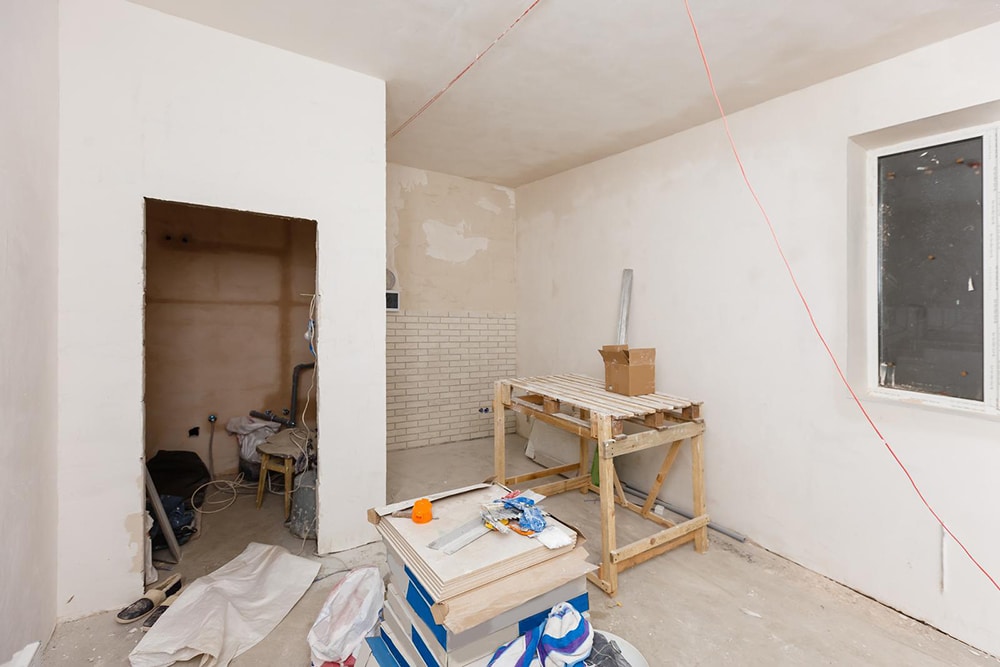
Materials
When looking to paint your bathroom, there are some materials and supplies you’ll need to get. You can get paint that doesn’t need a primer, or go with a more inexpensive brand and use a primer. Then there are brushes – fine tips and firm bristles – a paint roller and pan, and a metal screen. This last item will help to insure that the roller doesn’t drip. And then there are the non- paint items: sand paper, painter’s tape, and some plastic or cloth drop cloths.
Preparation
Once you have all of the proper materials, you can get started. Step one, lay out the plastic or cloth drop cloths and cover as much of the floor sink, vanity cabinets etc that you can. You want to make sure that the drop cloths stay in place; so, use the painter’s tape to secure the cloth in place. Next, cover the mirror(s) and other hanging items with small cloths and tape them so that the cloth or plastic won’t get in the way of your painting. After that, objects like cabinets, the toilet, the shower, and anything very large and/or bulky can be protected with the painter’s tape. Run it along the edges of those things to insure you don’t get any paint on them. Good old painter’s tape is the best guard against drips and spots.
Getting Started
At this point, you’re ready to get started painting. Now, if your paint requires a primer, apply it to the entire bathroom. The easiest method is to use a brush to first paint the edges, and then use the paint roller to get the midsections of the walls. Now, important tip: when you dunk the roller in the bucket, be sure to roll it up and down a few times on the paint screen. This will avoid any drips creating a blotchy mess on the floor. After completely priming the room, allow it to dry for a few hours. Here’s another tip: you only need one coat of primer, despite what some salesperson might tell you. So, don’t go crazy with the primer. Once it’s dry, run the sand paper across all of the corners and then up and down the middle of the walls. This will insure that the paint looks even across the entire wall, and isn’t bumpy and tacky. If you like, this is a good task for using a small electric sander on, but be sure to set it to a low setting. If you sand too hard, you’ll take the primer off.
The Painting
At this point, you’re ready to paint, and you apply it the same way as the primer. Now, depending on the thickness of the paint, and your own personal preference, you may be able to get by with one coat. Make a judgment after the first coat has dried. If you decide you do need a second coat, be sure to sand the walls prior to applying it. As with the primer, use a brush along the edges and around the sink, toilet etc, and then roll it everywhere else. Once the final coat has dried, give it a light sanding so that it has a nice smooth finish. At that point, you’re done!


